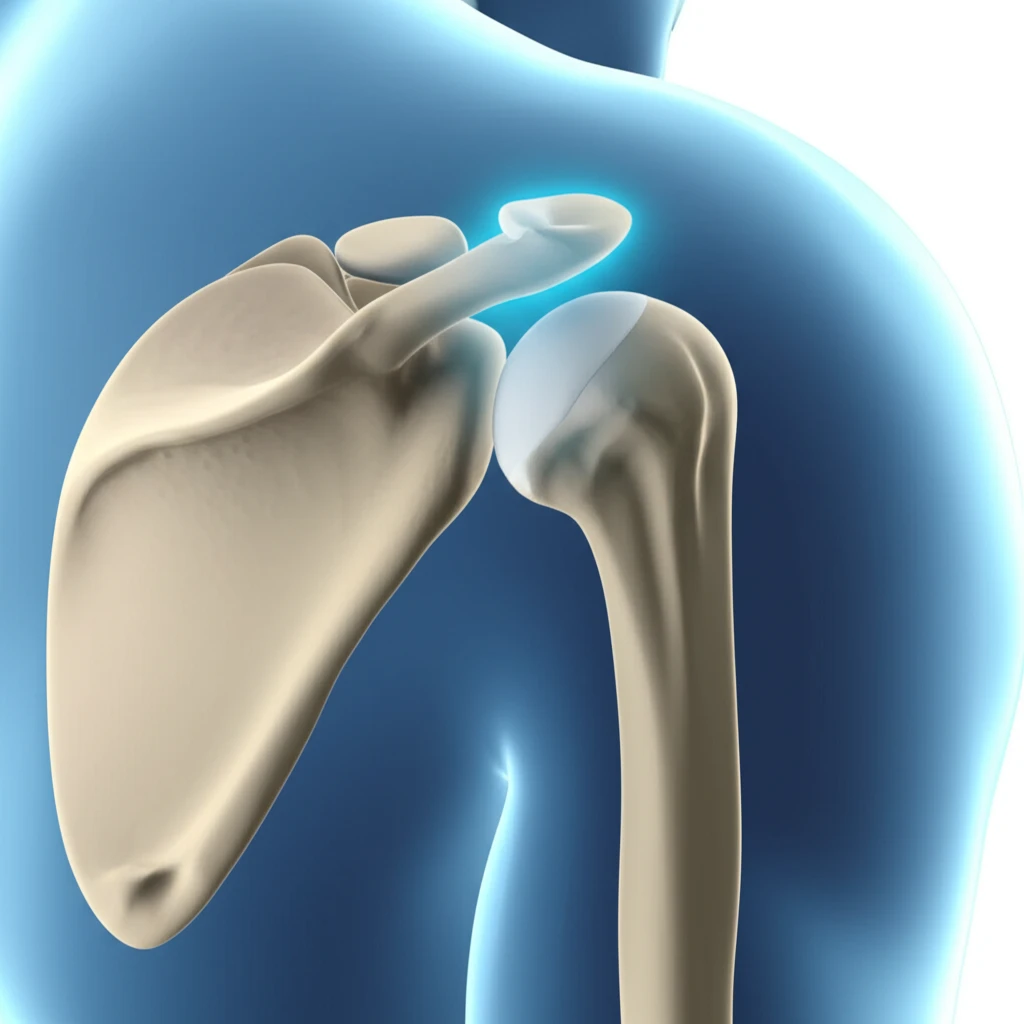
Decoding Shoulder Pain: Is Your Acromioplasty Site the Key to Recovery?
"A new study reveals how the precise location of acromioplasty can significantly impact outcomes for shoulder impingement and rotator cuff repair."
Shoulder pain can be a frustrating and debilitating experience, especially when it stems from rotator cuff tears or shoulder impingement. For many, acromioplasty – a surgical procedure to reshape the acromion bone – offers a potential solution. However, recent research suggests that the success of acromioplasty may hinge on a critical detail: the specific location where the bone is reshaped.
Traditionally, a large critical shoulder angle (CSA) has been linked to an increased risk of rotator cuff tears. Acromioplasty aims to reduce this angle, theoretically preventing tears or minimizing the risk of re-tears after surgical repair. But which part of the acromion should surgeons target to achieve the best results? This question has remained a subject of ongoing investigation.
A new anatomical study sheds light on this critical question, revealing that the site of acromioplasty significantly influences the reduction of the CSA. By understanding the individual anatomical variations of the scapula (shoulder blade), surgeons can tailor their approach for more effective and consistent outcomes. Let's delve into the key findings of this study and explore how they could revolutionize shoulder pain treatment.
Acromioplasty: Location Matters

The study, led by Dominik Kaiser and colleagues, sought to determine the optimal location for acromioplasty to achieve the desired CSA reduction. Using eight scapulae with diverse anatomical characteristics, the researchers investigated the impact of both anterolateral and strict lateral acromioplasty on CSA reduction. The study first examined the influence of radiographic projection and then the effects of anterolateral versus strict lateral AP. Key to the study was the effect of scapular anatomy on outcomes.
- Lateral AP Superiority: Lateral acromioplasty of 5/10mm reduced the CSA significantly more than anterolateral AP of 5mm/10mm.
- Anatomical Variance: Depending on scapular anatomy, anterolateral AP did not alter CSA at all.
- Consistency: Consistent reduction of the CSA could be achieved by lateral AP in all eight scapulae.
Personalized Approaches for Better Outcomes
The study underscores the importance of considering individual scapular anatomy when planning acromioplasty. For surgeons, this means moving towards a more personalized approach that takes into account factors like acromial slope, external rotation, and the location of the critical acromial point. Precise pre-operative planning and assessment can help determine whether a lateral or anterolateral approach is most appropriate for each patient.
For patients, the research highlights the value of seeking out surgeons who are knowledgeable about these nuances and utilize advanced imaging techniques to assess their individual anatomy. Open communication with your healthcare provider is crucial to ensure that the chosen surgical approach aligns with your specific needs and anatomical characteristics.
Ultimately, by embracing a more tailored and anatomically-informed approach to acromioplasty, we can strive for more consistent and successful outcomes in the treatment of shoulder pain and rotator cuff disorders. Future research should focus on refining these techniques and developing even more precise methods for pre-operative assessment and surgical planning.
